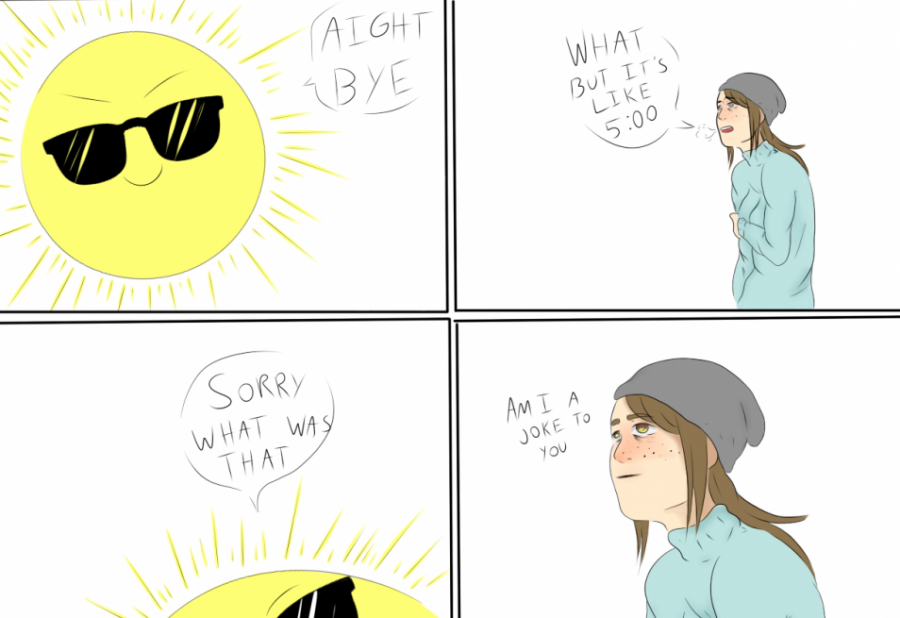To many people, the actions of driving are easy, almost natural. However, in reality, driving is a frighteningly complex operation, as any panicky beginner in drivers’ ed can tell you. The feet have to properly control braking and acceleration with the pedals, the hands must handle the steering wheel smoothly, the eyes should be on the lookout for any potential hazards in the distance, and all of this must happen while having to exercise proper judgment and make quick decisions. With all this going on, throwing a distraction like texting into the mix creates an ideal situation for an accident to happen. In order to counteract the growing number of accidents happening due to the distraction of texting while driving, the Iowa House and Senate recently passed measures banning writing and sending text messages while driving. The measures passed have good intentions; a study by the Virginia Tech Transportation Institute found that texting while driving makes the driver 23 times more likely to be in a crash than a nondistracted driver. With many high school students choosing texting as their choice method of communication, teens are especially at risk for being distracted by their cell phones while behind the wheel. However, the effectiveness of these measures must be questioned. Banning texting while driving is not a new idea; numerous states have passed laws banning texting while driving. If fewer drivers were to text where it’s illegal to do so, the logical outcome would be a decrease in the number of accidents. But despite the actions taken to prevent distracted driving, the laws have been found to be less than effective. According to the Highway Loss Data Institute, such laws haven’t been reducing the number of crashes. If these bans against texting while driving are doing nothing to make the roads safer, then they should either not be enacted in the first place or examined more closely to find the flaws that prevent these laws making an impact. One major flaw that these laws have is how tricky enforcement is with a law like this. How often is a police officer going to be able to see a vehicle going slowly enough to be able to focus in on the driver, see a cell phone in the driver’s hand, and detect whether or not the driver is pressing the buttons on the phone in order to send a text? If a law like this were to go into effect, drivers probably wouldn’t be typing out a text at eye level for everyone else on the roads to see; they’d probably try to be more discreet about it, making it even more difficult for police officers to discern whether or not someone was texting while driving. Texting while driving isn’t something that should be defended or tolerated, but at the same time, passing a law that will have little impact and will be difficult to enforce seems to be the wrong way to handle the problem. Instead of hoping that strict legislation will keep drivers’ eyes on the road, more effort should be given to highlighting the harmful, sometimes drastic, consequences of texting while driving. For those of you that are tempted to send out a text while speeding down the street, just use some common sense. You can wait to tell your friend when you’re going to get to that one party; after all, it’s going to be difficult for you to make it to that party at all if you get into an accident along the way as a result of distracted driving.
Categories:
Iowa passes measure: no texting while driving
Michelle Kim
•
March 12, 2010
Story continues below advertisement
0
Donate to The WEB
$150
$450
Contributed
Our Goal
Your donation will support the student journalists of Ames High School, and Iowa needs student journalists. Your contribution will allow us to cover our annual website hosting costs.
























